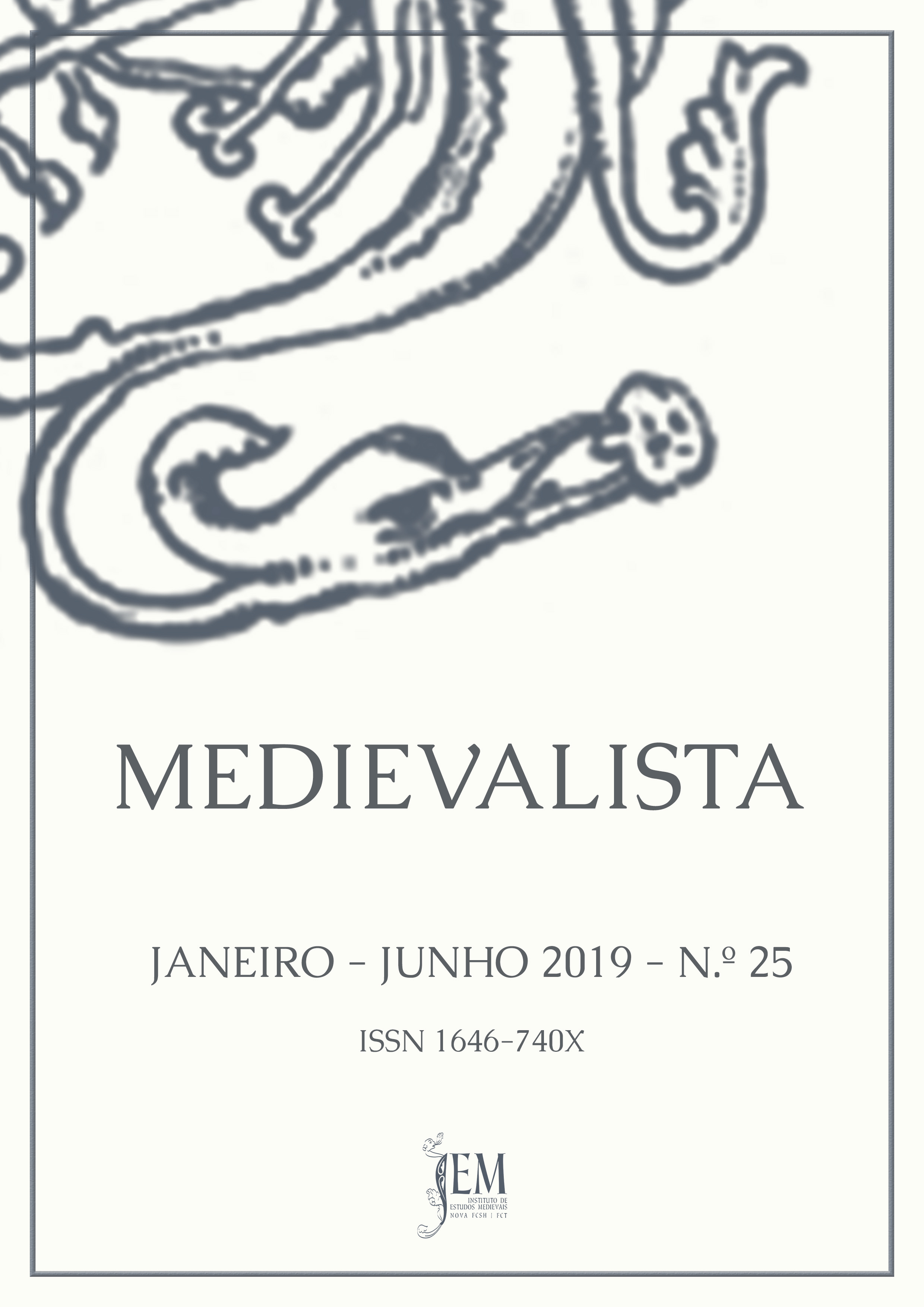The readers of Espelho de Cristina: a clip of the courts
DOI:
https://doi.org/10.4000/medievalista.1739Keywords:
Christine de Pisan, Livre des trois vertus, Espelho de Cristina, medieval translation, textual transmissionAbstract
In 1405, Christine de Pisan wrote a book of instruction that reached great success at the time: the Livre des Trois Vertus. Later, between 1428-1455, the text was translated into Portuguese and, in 1518, queen D. Leonor ordered its printing in Lisbon with the title Espelho de Cristina. The present article briefly summarizes the particularities of the social, historical and political contexts of France from the beginning of the fifteenth century – where the work is born – and of Portugal at the time of its translation and
subsequent printing, as well as the characteristics and the ties between the courts of both countries. It also aims to identify the target audience foreseen in each case, in order to find a link between these elements and the changes that the text suffered in the course of its transmission.
Downloads
Published
How to Cite
Issue
Section
License
Copyright (c) 2025 Medievalista

This work is licensed under a Creative Commons Attribution 4.0 International License.





